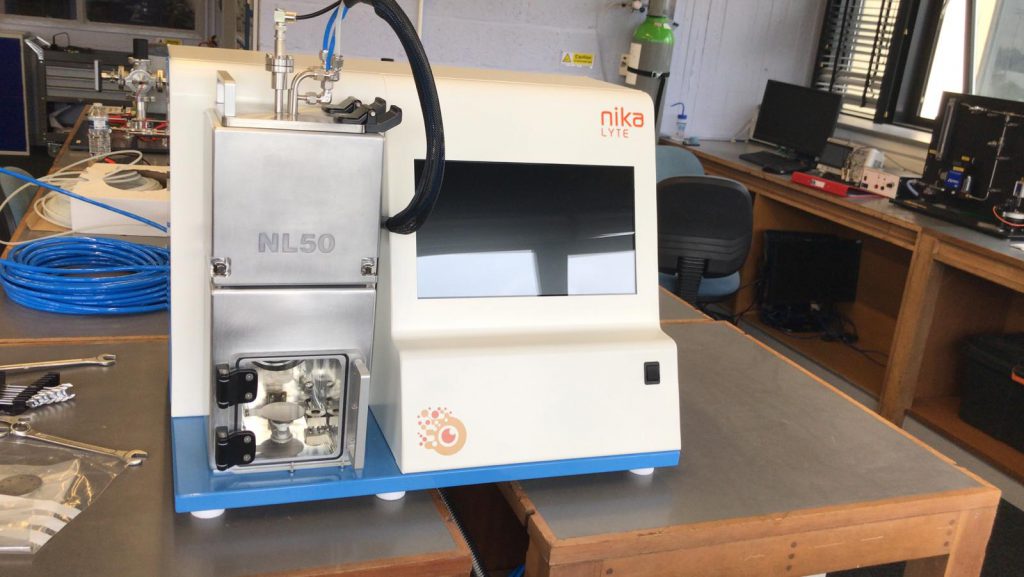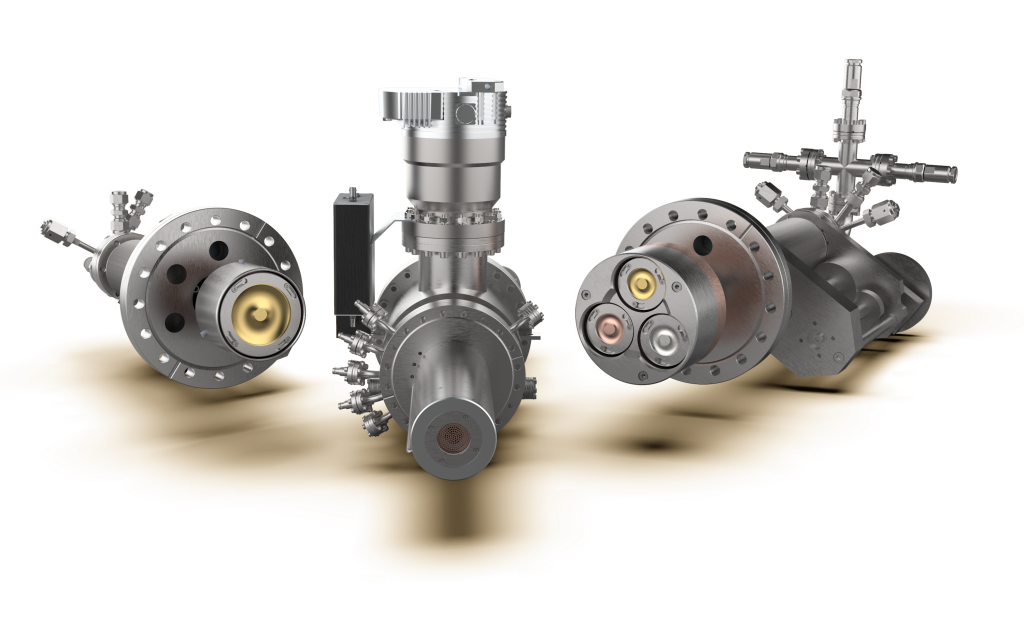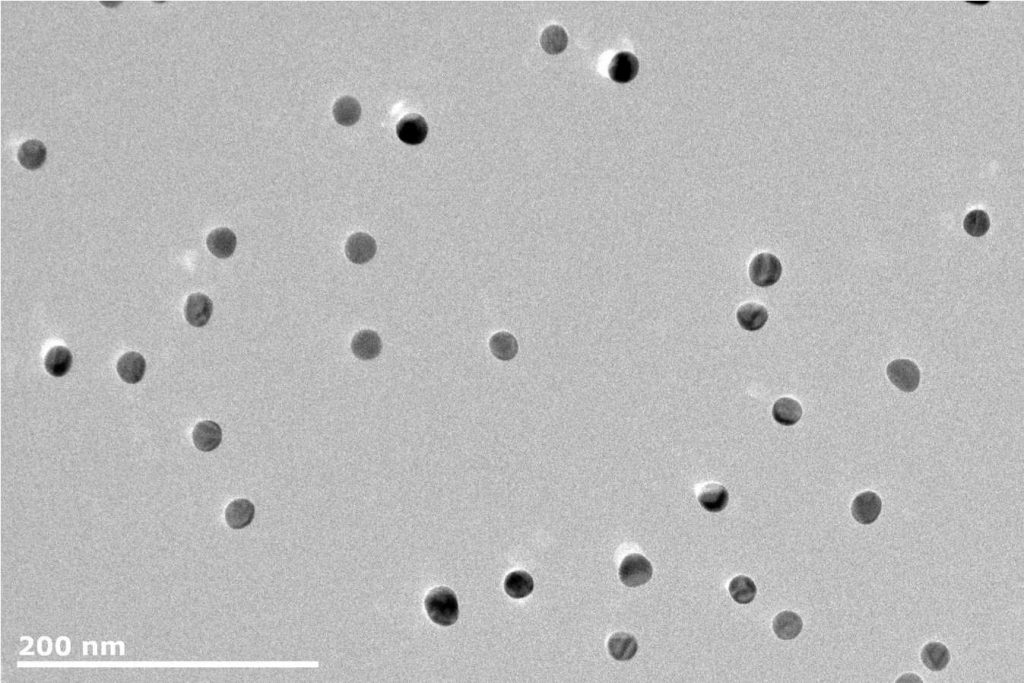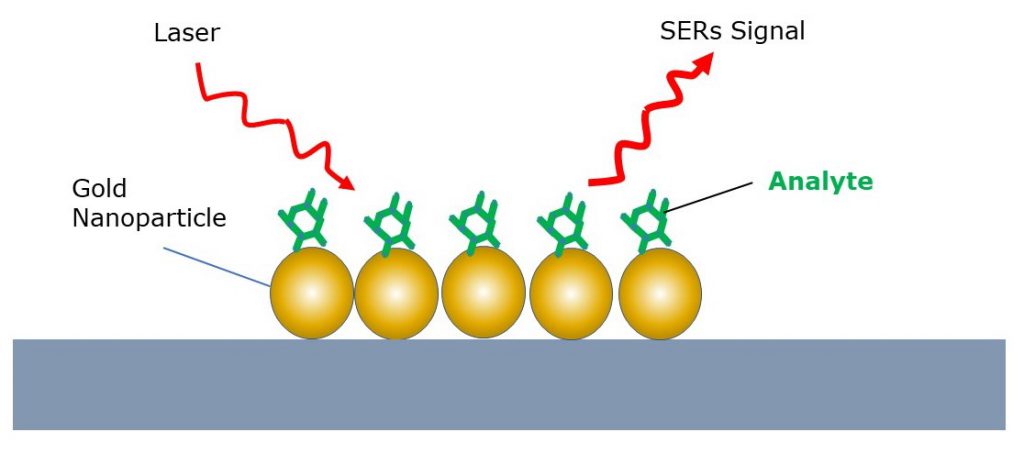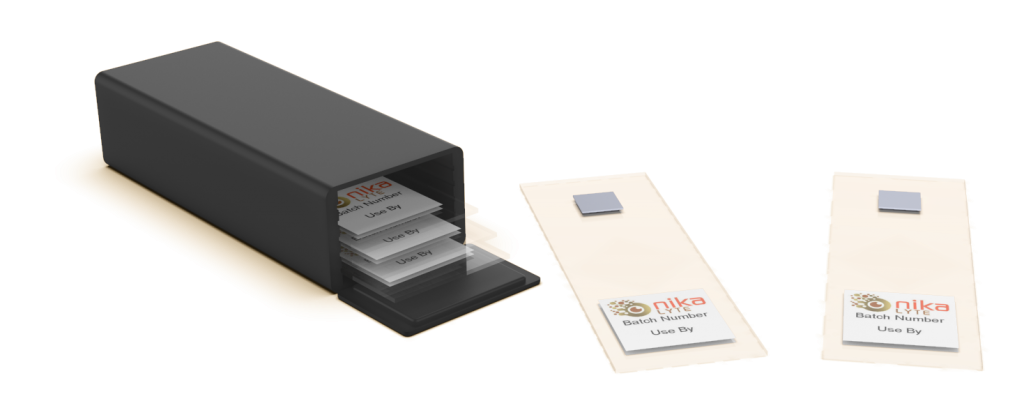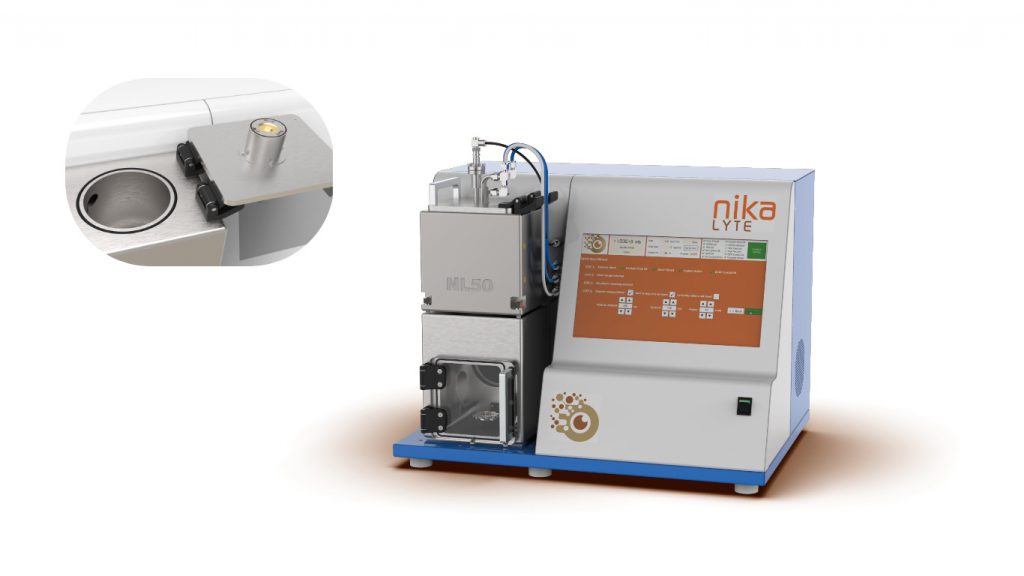Why Nanoparticle Coatings are Essential for Electrochemical Conversion
Nanoparticles are becoming significant in many industries, from chemicals to food manufacturing and electronics to pharmaceuticals, because of their wide range of benefits. When used to manufacture coatings, nanoparticles significantly improve components and processes in the energy, security, and technology sectors, and one such example is their role in electrochemical conversion. Nanoparticles are used in […]
Why Nanoparticle Coatings are Essential for Electrochemical Conversion Read More »

